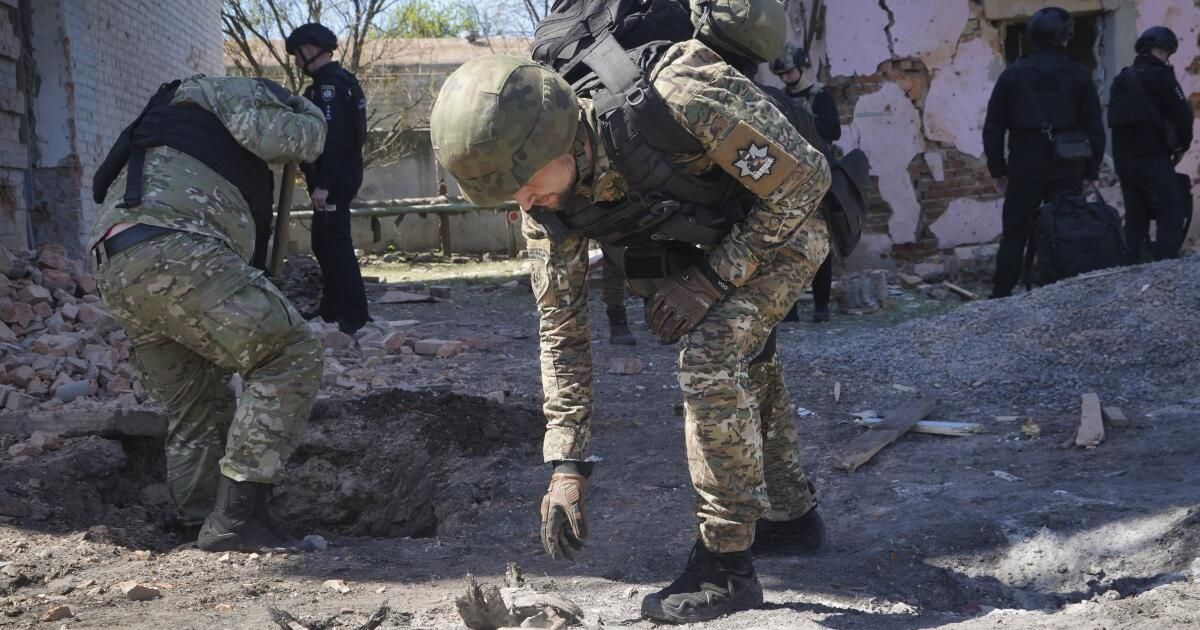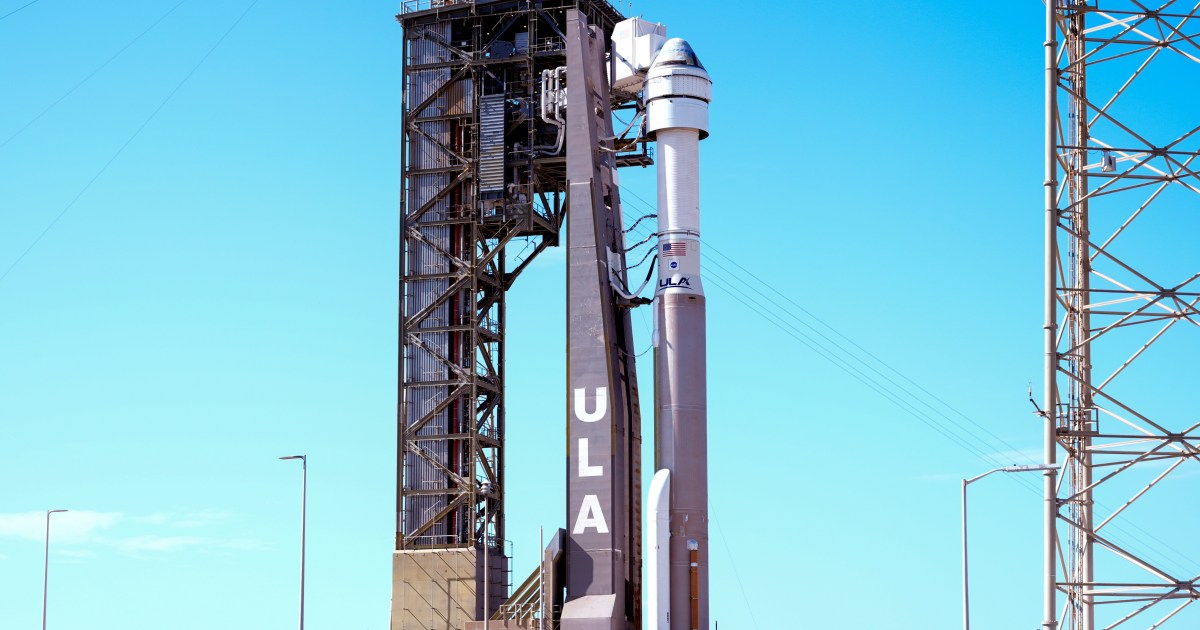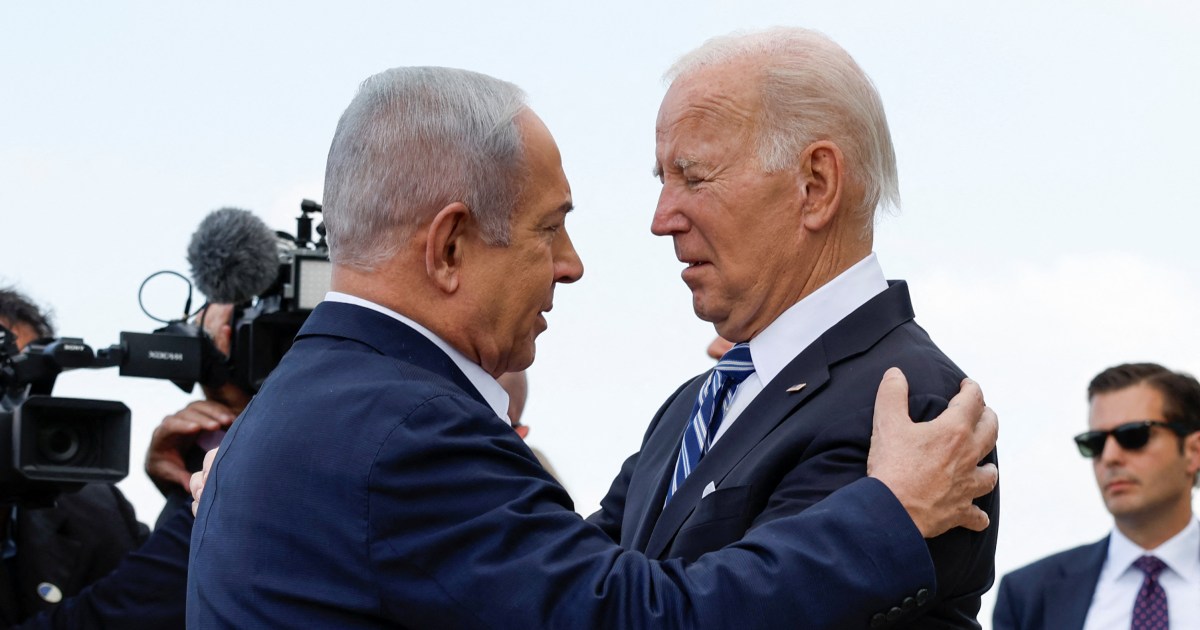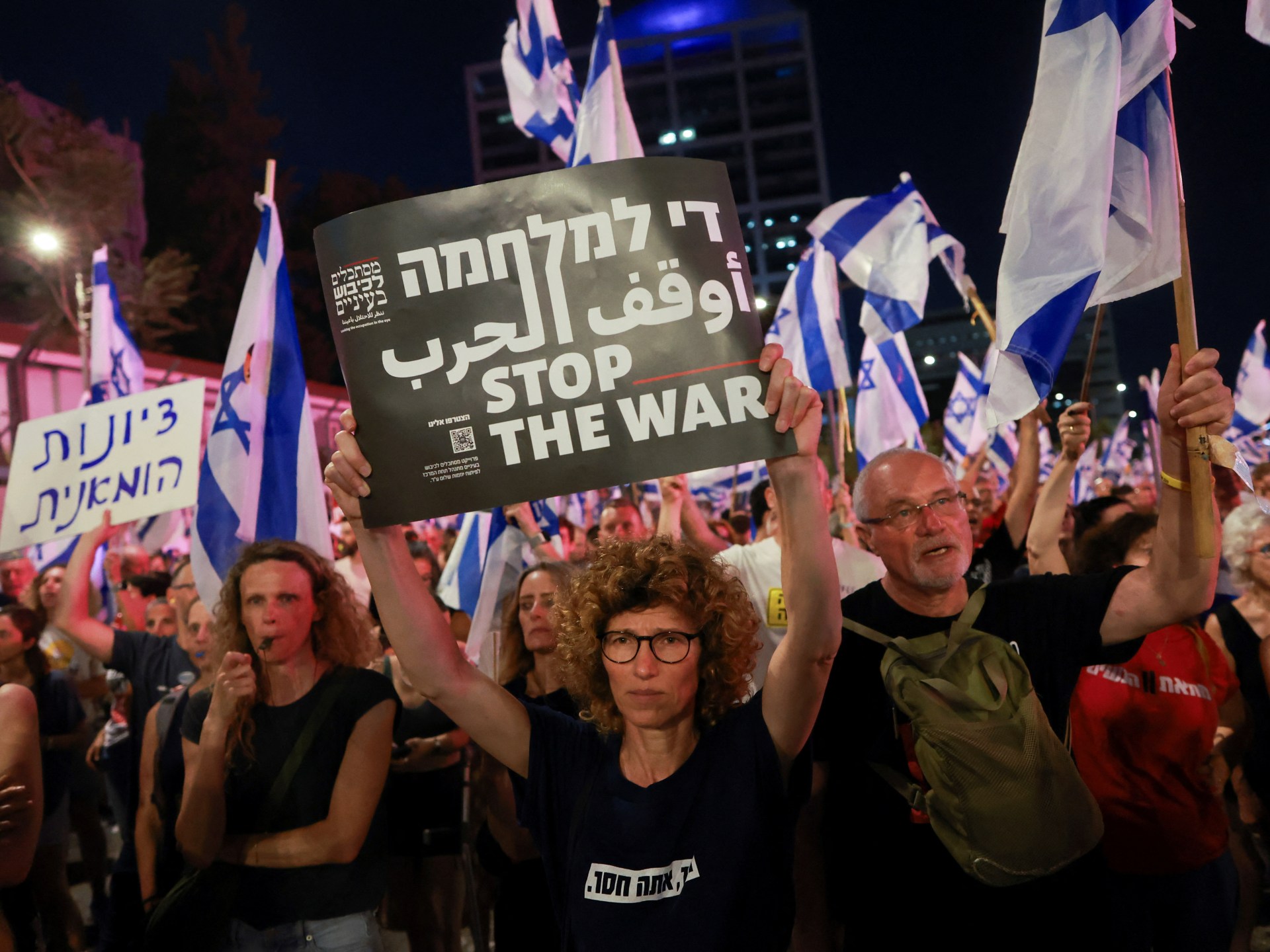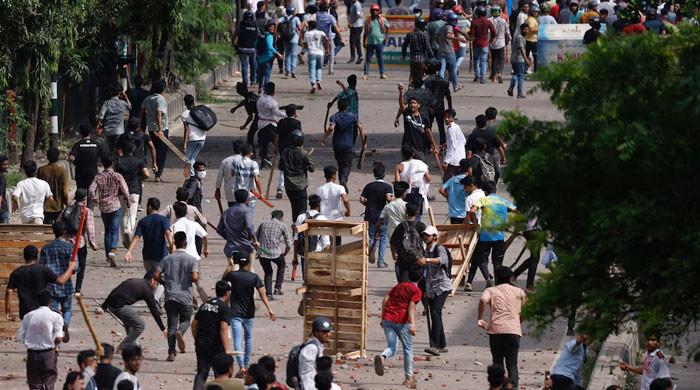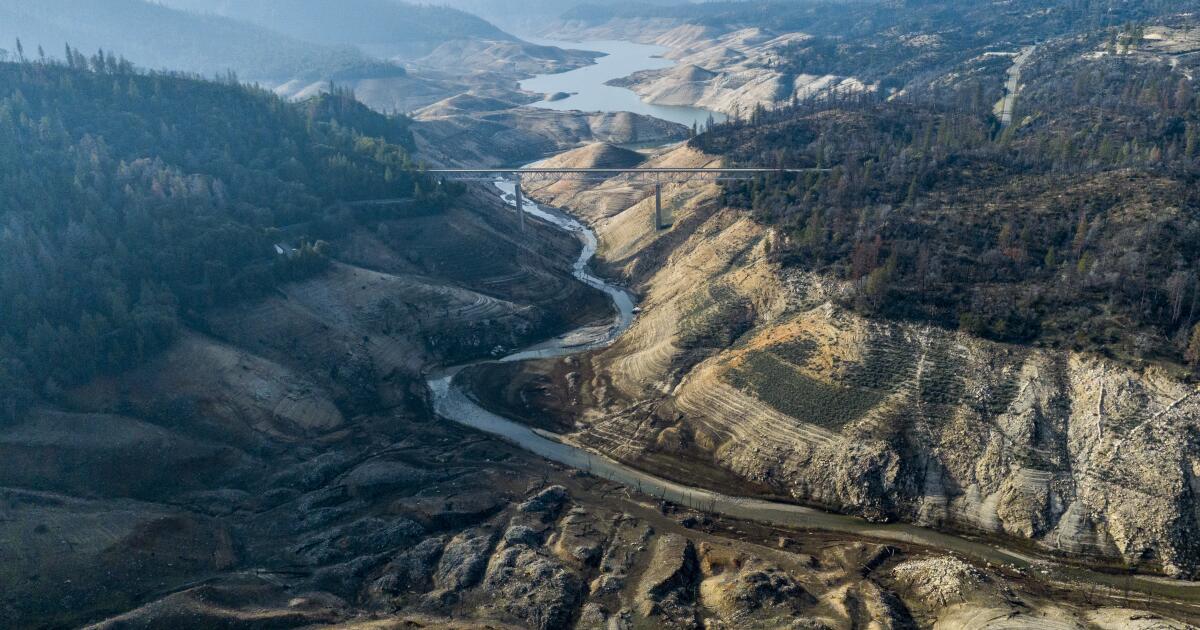The assault began at dawn. The defenders rushed to send reinforcements. The pitched fight broke out.
Ukraine and its allies on Friday sought to discern whether Russian forces were opening a major new war front, more than two years after Moscow's full-scale invasion of its sovereign neighbor.
“There is a fierce battle,” Ukrainian President Volodymyr Zelensky told reporters in the capital kyiv, hours after Russian troops launched an armored ground offensive in northeastern Ukraine, near the country's second-largest city. Kharkiv.
Ukraine's Defense Ministry said its forces had thwarted an initial Russian attempt to break Ukrainian lines outside the border town of Vovchansk, but that fighting of varying intensity continued in the area.
Military analysts said the attack was not a real surprise, but it was still unclear whether it was a feint to divert overstretched Ukrainian forces or whether it marked the beginning of a full, serious assault.
“It's potentially very dangerous,” said Marc Thys, a former Belgian deputy defense chief who is now a senior analyst at the Brussels-based Egmont Institute. “It's also very difficult to analyze at the moment.”
Ukraine has been fighting on the battlefield for months, and the most aggressive Russian actions are concentrated in a different sector of the long front lines. The eastern city of Chasiv Yar, more than 160 miles southeast of Friday's fighting and a key bulwark against a Russian advance into the Donbas industrial region, has been under threat for weeks.
But northeastern Ukraine is also vulnerable. Ukraine said earlier this year that Russia was massing troops on its side of the border, where they could be used to attack the Ukrainian provinces of Kharkiv and Sumy.
Russian President Vladimir Putin has said Moscow wants to create a buffer zone inside Ukraine, which the Kremlin describes as a necessary defensive measure, a position Ukraine has considered ridiculous since Russia started the war and could end it by withdrawing its forces. .
“Ukrainian officials have been anticipating an attack on Kharkiv/Sumy for some time,” analyst Dara Massicot of the Carnegie Endowment for International Peace wrote on social media platform Russia wants to use it for what it described as its main objectives in eastern Ukraine.
As always happens in such an outbreak, civilians suffered. Before Friday's ground assault began around 5 a.m., Russian forces had attacked Vovchansk with intense artillery bombardments and guided aerial bombs overnight, said Oleh Sinegubov, the regional governor.
At least two civilians were reported killed and several more injured, triggering an evacuation order affecting about 3,000 people. The fighting has already depleted the city of much of its pre-war population of about 17,000.
The attack posed little immediate danger to the city of Kharkiv, home to about 1.3 million people, which is 40 kilometers from the Russian border. Russia tried early in the war to seize Kharkiv, symbolically important to it as Ukraine's first capital in its days as a Soviet republic, but analysts say capturing and holding it would require many more forces than Moscow has at its disposal.
Since the beginning of the year, the city has come under intense shelling and analysts have said Russia could try to blockade it even if it does not take action against Kharkiv itself.
Ukraine's Defense Ministry said reserve units had been deployed to counter the Russian ground attack, a move that could also complicate efforts to bolster Ukrainian defense elsewhere on the battlefront.
Delays in the delivery of American and European aid have raised fears of a concerted Russian offensive this spring, although weather conditions for it will likely be more favorable within weeks.
More American weaponry is on the way after Congress's long-blocked approval last month of $61 billion in military assistance. And on Friday, the Biden administration announced a new $400 million aid package that allows weapons, including armored vehicles and rockets, to be drawn from the Pentagon's existing stockpile and rapidly deployed to the battlefield.
Still, some analysts said the delay had allowed Russian forces to gain crucial momentum, and that Russian raids like this could be aimed at hitting Ukrainian positions hard before more Western aid arrives.
Territorial losses in the Kharkiv region would be a particularly bitter pill to swallow for Ukraine, following a surprisingly successful Ukrainian military advance there in the fall of 2022. That counteroffensive was a huge morale boost for Ukraine and helped convince Western allies that The Kiev government's fight could be one that can be won.
Even as its outgunned and outnumbered troops have fought on the front lines, Ukraine has apparently shaken the Kremlin with a campaign of increasingly long-range drone strikes inside Russian territory. Most have targeted energy facilities, including one on Friday at a refinery near Kaluga, southwest of Moscow.
A day earlier, Ukraine carried out what appeared to be its deepest attack inside Russia, one that reportedly hit a petrochemical facility about 800 miles from the Ukrainian border. Ukrainian military intelligence declined to comment on the attack.
Some Ukrainian officials downplayed the Russian attempt to advance on Vovchansk, which it had occupied earlier in the war.
Sinegubov, the regional governor of Kharkiv, told Ukrainian television that the attacks were mainly probing in nature, to “test the positions of our army.” Ukrainian analyst Taras Berezovets, writing on the Telegram messaging app, called Russian forces “sufficient only for provocations” in the northeast.
But some Western analysts, including Thys, said the Russian move posed a genuine danger, if it can be sustained.
“Everything depends on the reserve forces, on what Russia can spend,” he said.

